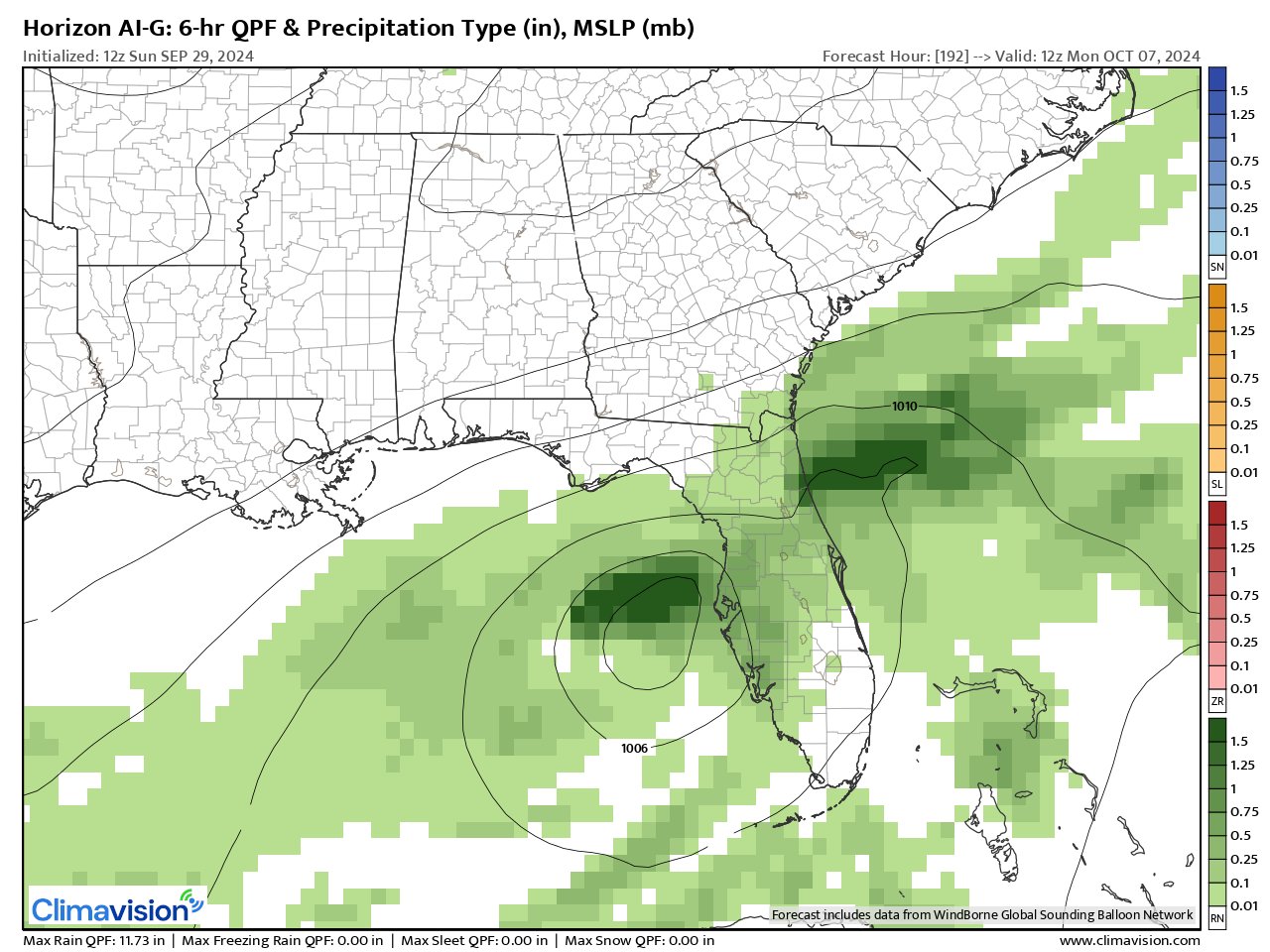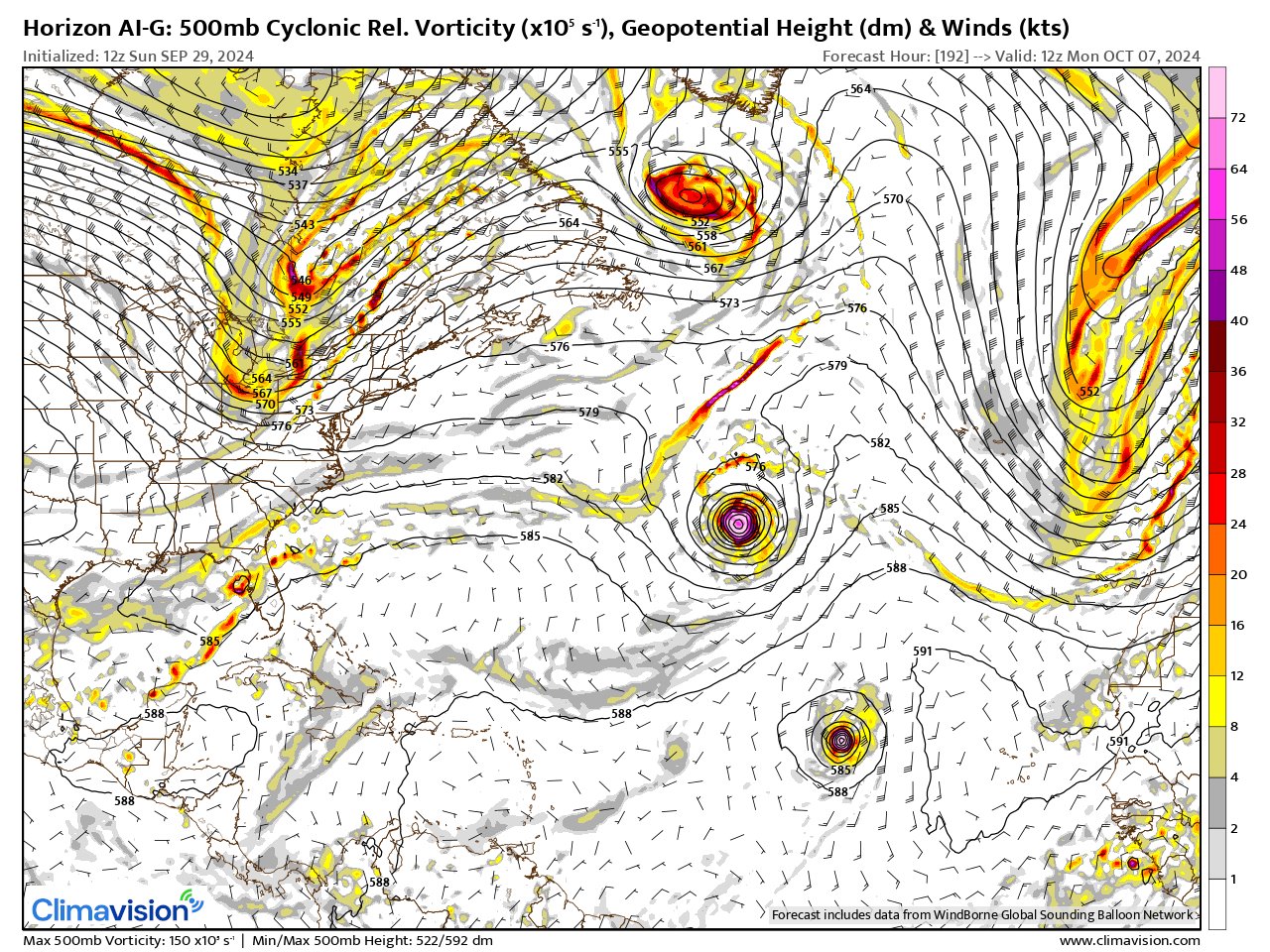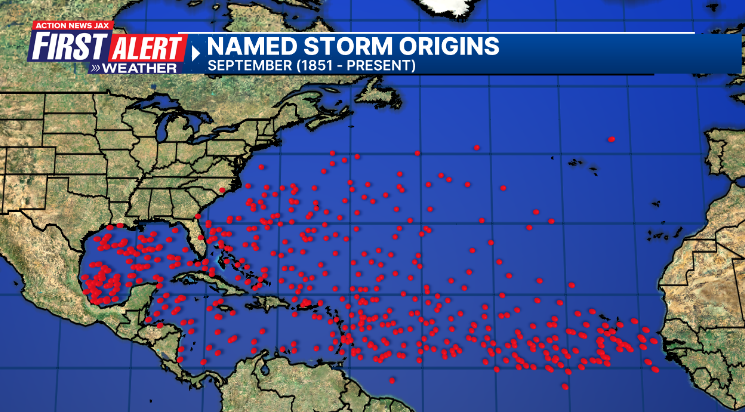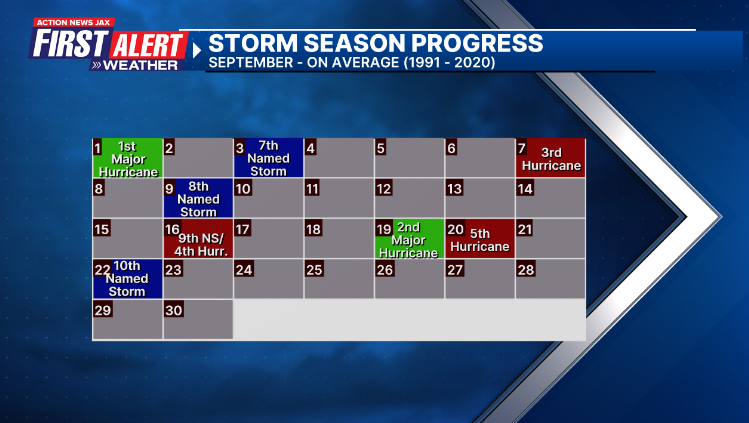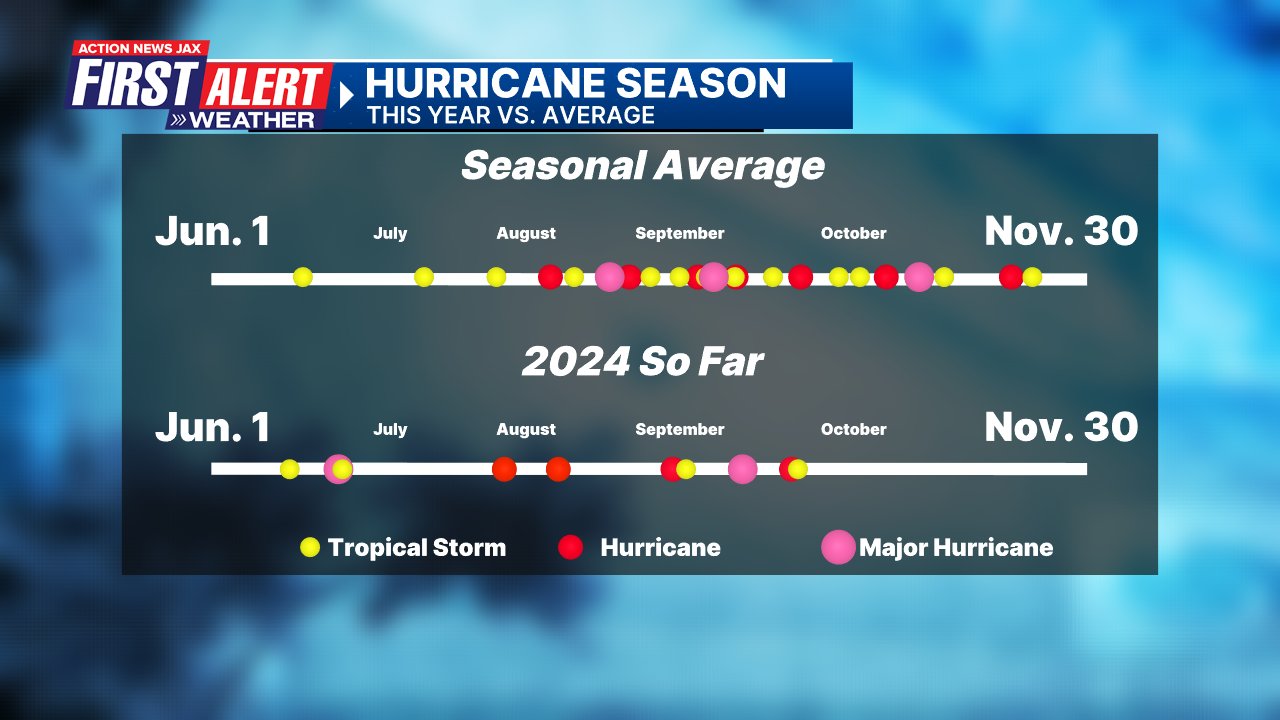Jacksonville, Fl. — The “Buresh Bottom Line”: Always be prepared!.....First Alert Hurricane Preparation Guide... City of Jacksonville Preparedness Guide... Georgia Hurricane Guide.
STAY INFORMED: Get the * FREE * First Alert Weather app
FREE NEWS UPDATES, ALERTS: Action News Jax app for Apple | For Android
WATCH “Preparing for the Storm”
WATCH “The Ins & Outs of Hurricane Season”
READ the First Alert Hurricane Center “Preparation Guide”
Federal Alliance for Safe Homes (FLASH) * here *.
***** ALWAYS CHECK & RE-CHECK THE LATEST FORECAST & UPDATES! ****
Tropics threats for Jacksonville/NE Florida/SE Georgia: None.
“Buresh Bottom Line”:
* Post-tropical has been absorbed by a large cut-off upper low over the Tennessee & Ohio Valley.
* Isaac will stay far to the east & north over the open N. Atlantic
* “Joyce” over the E. Atlantic will weaken over the Central Atlantic.
* Eastern Atlantic will likely become a tropical cyclone soon over the Eastern Atlantic.
* Eye on potential tropical development over or near the Caribbean & Gulf of Mexico during the upcoming week.
The Atlantic Basin Overview:
(1) Low pressure is again forecast to form over the Western Caribbean while moving northward over the Gulf of Mexico with potential tropical development in the longer term - roughly in the period Oct. 3 - 8th. For the moment - as one would expect beyond 5-7 days - forecast models are showing many mixed signals with poor consistency. As a whole... global models have recently trended generally trended weaker & more south. BUT the models could always reverse this trend too, of course. The GFS has been one of the more aggressive models bringing a landfall next weekend to the Gulf Coast though not as strong as some past runs (was decent - on strength especially - with Helene)... the European model is slower, weaker & farther south (had a slow, weak & west bias with Helene)... & the Canadian model has trended south & generally weaker. The Climavision ‘Horizon AI’ global model was quite strong & pointed to the Big Bend (again!) by late in the weekend but has recently trended a bit south & definitely not as strong. The ‘Horizon’ was quite good with Helene.
Suffice to say at this point the area will need to be closely monitored. It does appear an upper level - 500mb - trough of low pressure diving down into the Eastern U.S. will have a lot to do with where the eventual possible Gulf low might go. A deeper trough will tend to draw any disturbance northward. However, if the trough axis is far enough east, the disturbance could get shunted more east before turning north or northeast. Bottom line is it’s still too early to determine exactly what will come of the eventual Gulf disturbance & where it might go.
Climavision’s HorizonAI Global Model (this model uses its own data & analysis for initialization of each model run + some AI input) valid for early Mon., Oct. 7 (trend is south & weaker):


(2) “Helene” -
As expected... “Helene” formed over the Northwest Caribbean... was upgraded to a tropical storm last Tue. morning & a hurricane Wed. morning undergoing a rapid intensification cycle Thu. afternoon taking the hurricane to a Cat. 4 with a landfall about 11:10pm 10 miles W/SW of Perry in the Big Bend. The most U.S. hurricane landfalls in a season is 7 in 1886 followed by 6 in 2004 & 2020... the number stands at 4 through Sept., 2024.
According to Dr. Phil Klotzbach, Helene is the strongest hurricane to ever hit the Big Bend...the 4th Gulf Coast landfalling hurricane this year which has only happened 5 other times since 1851... lowest central pressure for a landfalling hurricane in Florida since Michael in 2018 (Cat. 5)... 9th strongest hurricane since 1900 to make landfall in Florida (based on sea level pressure).
A cut-off upper level trough has fully captured Helene’s remnants over the Tennessee & Ohio Valley’s & the surface reflection that was Helene has dissipated.
Helene at the Big Bend was the 3rd (Idalia & Debby) hurricane landfall in the last 13 months - a very rare feat.
It was interesting - as I noted the past week - the rapid strengthening of hurricane “John” over the far East Pacific earlier in the week that moved inland on the west (Pacific side) coast of Mexico lastMon. night/early Tue. while Helene was just trying to get its act together. There may have been some symmetry with the Gulf system as upward vertical velocities that aided John spread eastward to the Atlantic Basin.
From tropical disturbance to a devastating Category 4 hurricane in two and a half days.
— CIRA (@CIRA_CSU) September 27, 2024
Hurricane Helene's incredible evolution from the Caribbean Sea to Florida coastline. pic.twitter.com/GMn8BLQmr4

(3) “Isaac” formed Wed. evening, Sept. 25th over the North Atlantic & has become a hurricane but is no threat to land. The avg. date for the 9th named Atlantic storm is Sept. 16th... the avg. date for the 6th Atlantic hurricane of the season is not until Oct. 15th.

(4) Joyce formed Fri. morning. The 10th Atlantic named storm develops on average Sept. 22. Joyce will not have a very long life span as hostile conditions are being encountered over the Central Atlantic which should cause Joyce to dissipate by at least early to mid week while turning sharply northward. No threat to any land areas
(5) Another strong tropical wave - ‘L-90′ was upgraded to tropical depression #12 Sunday afternoon. Early indications are that #12 will become intense but will not likely be able to make it across the Atlantic (should turn north over the Central Atlantic).



‘Velocity potential anomalies’ below shows far less “sinking” air (brown lines) across the Atlantic Basin. With sinking air, tropical development can occur but overall conditions are not as conducive as when there is overall rising (green lines) air where convection is active. This “pulse” of upward motion has moving eastward & may be helping the active period of tropical activity across the Atlantic into October.
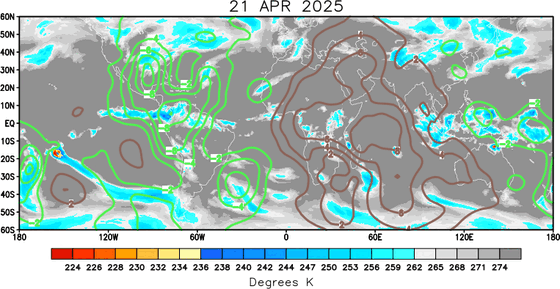
REMEMBER WHEN A TROPICAL STORM OR HURRICANE IS APPROACHING: Taping windows is *not* recommended & will not keep glass from breaking. Instead close curtains & blinds.
Realize the forecast cone (”cone of uncertainty”) is the average forecast error over a given time - out to 5 days - & *does not* indicate the width of the storm &/or where damage might occur.
The upper oceanic heat content (UOHC) [tropical cyclone heat potential/TCHP] across the SW Atlantic, Gulf & Caribbean is very high:






Water vapor loop (dark blue/yellow is dry mid & upper level air):


September tropical cyclone origins (early season breeding grounds are the Gulf &/or Western Caribbean:
Averages below based on climatology for the Atlantic Basin for September (2 hurricane so far, 3 tropical storms):
Wind shear (red - strong shear; green - low shear):



Saharan dust spreads west each year from Africa driven by the prevailing winds (from east to west over the Atlantic). Dry air = yellow/orange/red/pink. Widespread dust is indicative of dry air that *can* interfere with the development of tropical cyclones. However, sometimes “wanna’ be” waves will just wait until they get to the other side of - or away from - the dust plume then try to develop if other conditions are favorable (we’ve already seen this with Beryl & Debby this year). In my personal opinion, there is way too much “hoopla” about the presence of Saharan dust & how it relates to tropical cyclones. In any case, the peak of Saharan dust typically is in June & July.

2024 names..... “Kirk” is the next name on the Atlantic list (names are picked at random by the World Meteorological Organization... repeat every 6 years). Historic storms are retired [Florence & Michael in ’18 (the last time this year’s list was used)... Dorian in ’19 & Laura, Eta & Iota in ‘20, Ida in ‘21 & Fiona & Ian in ‘22]). In fact, this year’s list of names is rather infamous because of the ‘04 season when Charley, Frances, Jeanne & Ivan - all retired names - hit Florida within a matter of about 6 weeks. The WMO decided - beginning in 2021 - that the Greek alphabet will be no longer used & instead there will be a supplemental list of names if the first list is exhausted (has only happened three times - 2005, 2020 & 2021). The naming of tropical cyclones began on a consistent basis in 1953. More on the history of naming tropical cyclones * here *.

Peak of the hurricane season Sept. 10th:




East Atlantic:





Mid & upper level wind shear (enemy of tropical cyclones) analysis (CIMMS). The red lines indicate strong shear:
Water vapor imagery (dark blue indicates dry air):

Deep oceanic heat content over the Gulf, Caribbean & deep tropical Atlantic. The colors will brighten greatly as the water warms to greater depths deeper into the season:

Sea surface temp. anomalies:


SE U.S. surface map:

Surface analysis centered on the tropical Atlantic:

Surface analysis of the Gulf:

Caribbean:

Atlantic Basin wave period forecast for 24, 48, 72 & 96 hours respectively:





East & Central Pacific:




Central Pacific:
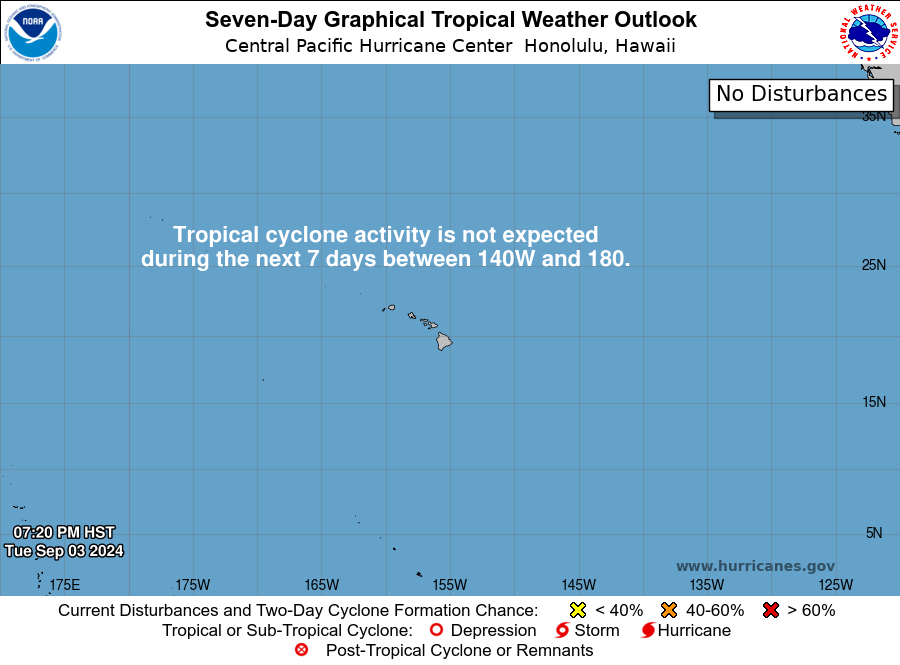
Hawaii satellite imagery:


West Pacific:

Global tropical activity:

“Jebi” is forecast to stay just east of Japan:

“Krathon”:
Pretty major hit on Taiwan Tuesday...



Cox Media Group


